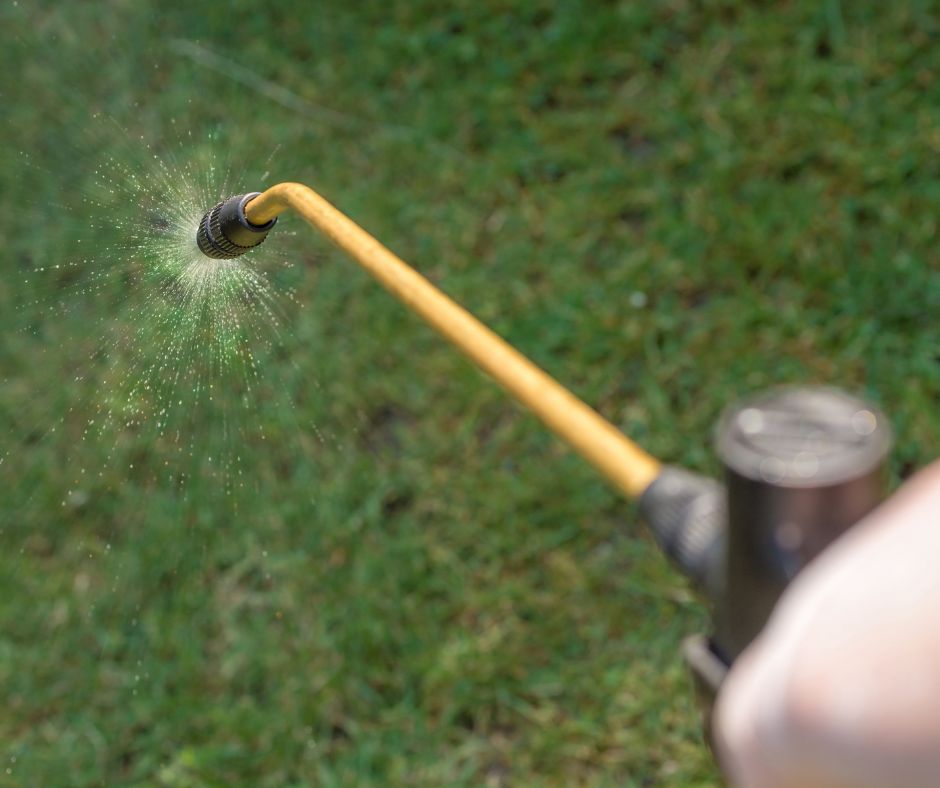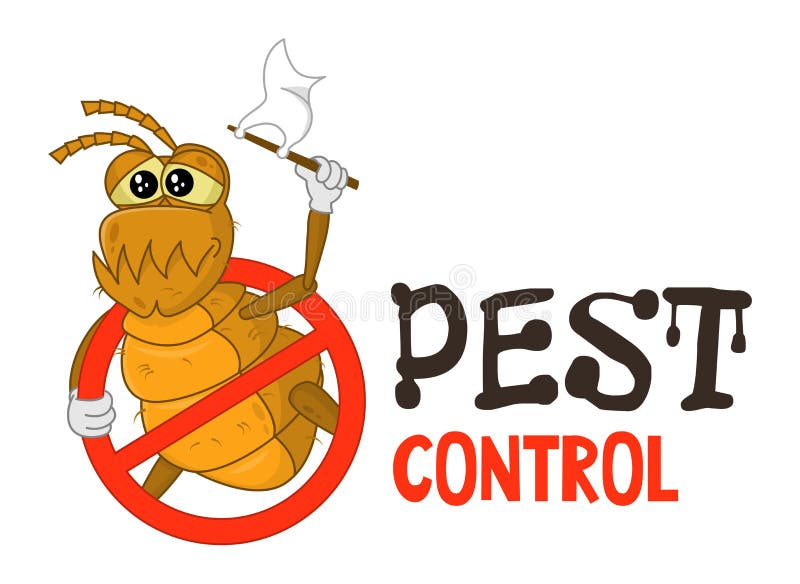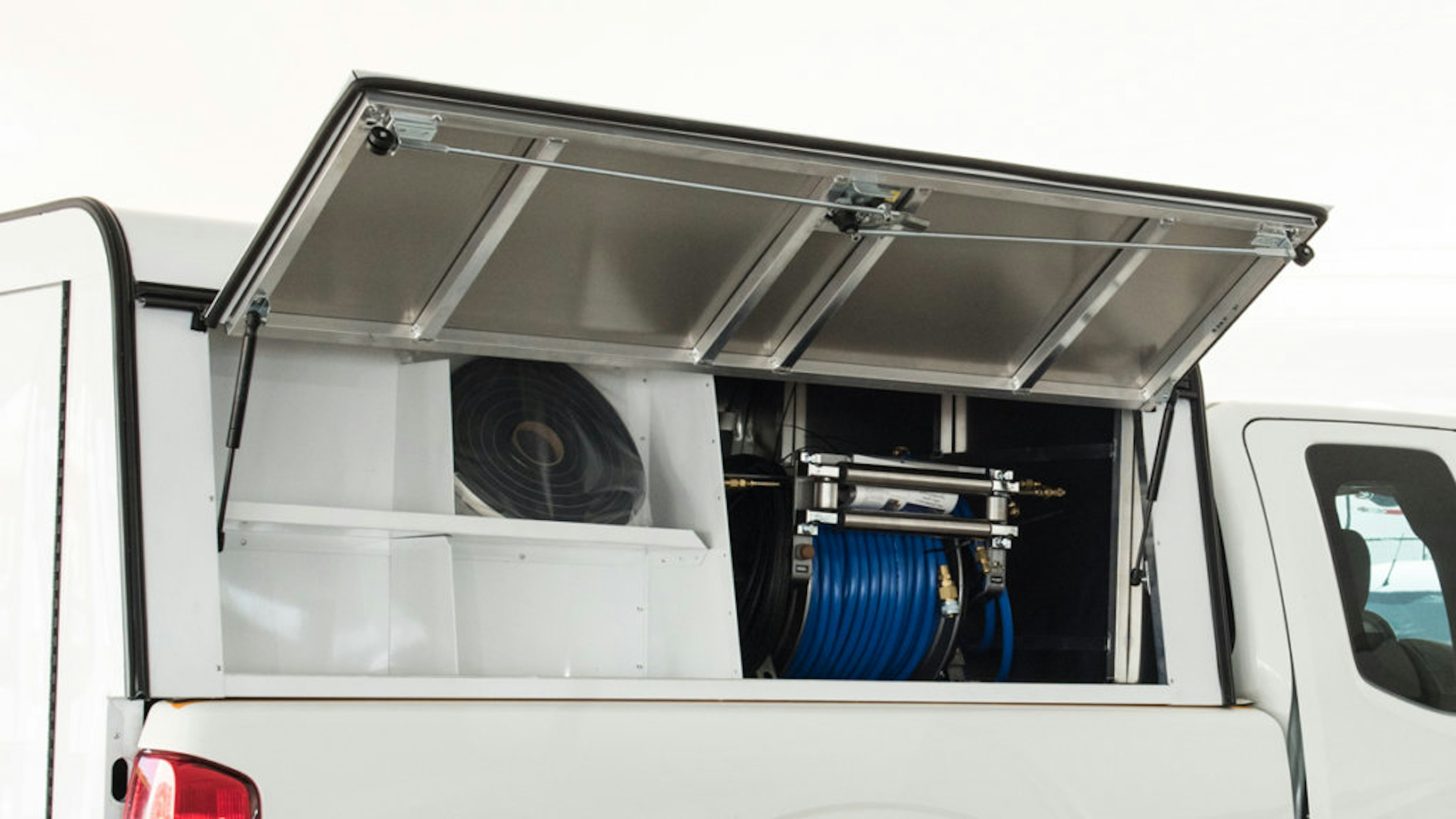Learn Concerning the Most Recent Advances in Pest Control and How to Execute Reliable Therapy Solutions
In recent years, the field of bug control has actually experienced considerable innovations, driven by the demand for sustainable and efficient therapy remedies. Innovative strategies such as Integrated Insect Management (IPM) incorporate green techniques with innovative technology, improving both efficiency and ecological responsibility.
Eco-Friendly Pest Control Options
In recent times, the need for environmentally friendly insect control choices has actually risen as home owners and services alike seek sustainable choices to standard chemical therapies. This change is driven by growing environmental recognition and a need to lessen the health and wellness threats related to synthetic pesticides.

Environment-friendly parasite control techniques include a variety of techniques that focus on the usage of all-natural materials and methods. Integrated Insect Administration (IPM) is one such strategy, combining organic, cultural, and mechanical techniques to handle bug populations while decreasing reliance on chemicals (Wildlife removal services). This alternative method stresses avoidance via habitat adjustment and the introduction of all-natural predators, consequently promoting a balanced ecological community
One more preferred choice is making use of agricultural pesticides derived from plants, which often tend to be much less damaging to non-target organisms. Products like neem oil and diatomaceous planet have gotten traction for their effectiveness in managing insects while posing minimal threats to human health and the atmosphere.
In addition, exemption strategies, such as sealing entrance factors and preserving cleanliness, play a critical function in green pest management. By embracing these sustainable methods, businesses and individuals can properly take care of pests while advertising a healthier earth for future generations.
Smart Innovation in Parasite Monitoring
Advancement is improving the landscape of parasite administration, with smart technology emerging as a crucial pressure in improving performance and performance - Wildlife removal services. The integration of Web of Points (IoT) devices, synthetic intelligence (AI), and data analytics is transforming exactly how bug control experts approach invasions
Smart traps equipped with sensing units can detect bug task in real-time, sending out immediate notifies to operators. This permits prompt feedbacks, reducing damage and decreasing the need for comprehensive therapies. In addition, AI formulas evaluate historical information to forecast parasite actions, making it possible for proactive interventions based upon ecological conditions and infestation patterns.
Drones and computerized cars are additionally playing a substantial role in bug administration, supplying aerial analyses of big areas, recognizing hotspots, and also distributing targeted therapies. These innovations not just enhance procedures yet likewise enhance safety and security by restricting human direct exposure to potentially damaging chemicals.
Additionally, mobile applications empower consumers to monitor parasite task and access expert guidance, fostering a collaborative technique to pest administration. On the whole, the adoption of smart technology is setting a new criterion in pest control, highlighting data-driven decisions and sustainable methods that eventually profit both experts and home owners alike.
Integrated Insect Management Techniques
Integrated Bug Administration (IPM) uses a holistic approach to pest control, integrating numerous approaches to efficiently manage insect populations while reducing threats to human wellness and the setting. IPM rotates around comprehending the pest life cycle, their natural adversaries, and the environment in which they prosper.
Among the basic parts of IPM is monitoring pest populaces via routine evaluations and data collection. This enables the identification of bug limits, figuring out when treatment is necessary. Social practices, such as plant environment, turning, and cleanliness control, are useful site necessary in decreasing insect prevalence and advertising plant health and wellness.
Mechanical controls, consisting of barriers and catches, are likewise crucial in IPM. These methods can literally remove or deter insects without using chemicals. When needed, the sensible application of chemical controls is employed, focusing on targeted treatments that decrease ecological effect.
Education and learning and partnership amongst stakeholders, consisting of farmers, insect control experts, and the neighborhood, are important for the effective implementation of IPM techniques. By focusing on sustainable practices, IPM not just addresses pest concerns however additionally fosters a much healthier community.
Biological Control Methods
Various organic control approaches are significantly recognized for their efficiency in managing bug populaces while promoting ecological balance. These methods harness all-natural predators, bloodsuckers, and microorganisms to decrease pest numbers without depending on artificial chemicals. For instance, the intro of ladybugs can successfully manage aphid populations, while nematodes target soil-dwelling pest larvae.
Furthermore, using microbial pesticides, such as Bacillus thuringiensis (Bt), provides an ecologically friendly alternative for managing caterpillar parasites. These products especially target pest varieties, minimizing harm to valuable bugs and pollinators. Furthermore, conservation biological control emphasizes boosting habitats for all-natural adversaries, such as birds and useful pests, consequently urging their visibility in agricultural systems.
Study continues to disclose ingenious techniques within this field, such as using pheromones to interfere with pest breeding patterns or the development of biocontrol agents via genetic design. Carrying out these approaches can cause lasting bug management methods that mitigate the dependence on chemical interventions, eventually cultivating much healthier environments. As recognition of these strategies expands, they are becoming important parts of integrated pest monitoring (IPM) methods, using an equilibrium in between reliable bug control and ecological stewardship.
DIY Insect Control Solutions
As home owners seek effective ways to tackle pest concerns, do it yourself bug control options have acquired popularity for their accessibility and cost-effectiveness. These methods encourage individuals to address invasions using readily available index products and techniques, often without the demand for specialist treatment.

Additionally, maintaining correct hygiene and routine evaluations can prevent parasite access and nesting (Wildlife removal services). Straightforward techniques, such as sealing cracks, getting rid of food resources, and decluttering, can substantially diminish pest populaces. Traps, both homemade and readily readily available, can likewise supply reliable services for monitoring and regulating certain bugs like bugs or rodents

Conclusion
The integration of environmentally friendly insect control alternatives, wise technology, and innovative monitoring techniques presents a comprehensive strategy to efficient pest administration. By embracing Integrated Parasite Administration (IPM) and utilizing organic control techniques, alongside do it yourself services, sustainable and liable pest control can be accomplished. These developments not just enhance the performance of insect monitoring methods but additionally add to a healthier atmosphere. Carrying out these techniques cultivates a balanced ecological community while efficiently addressing pest populations.
Environment-friendly parasite control methods encompass a range of methods that focus on the usage of all-natural materials and techniques. Integrated Pest Administration (IPM) is one such strategy, incorporating biological, social, and mechanical techniques to take care of parasite populaces while decreasing reliance on chemicals. As understanding of these strategies expands, they are coming to be integral components of integrated insect administration (IPM) methods, providing a balance in between effective pest control and ecological stewardship.
The integration of environmentally friendly insect control options, wise technology, and innovative monitoring approaches offers a comprehensive strategy to reliable bug administration. By embracing Integrated Pest Monitoring (IPM) and making use of biological control methods, along with Do it yourself services, sustainable and liable pest control can be attained.
Comments on “How an Exterminator in Port Charlotte Can Safeguard Your Property from Pests”